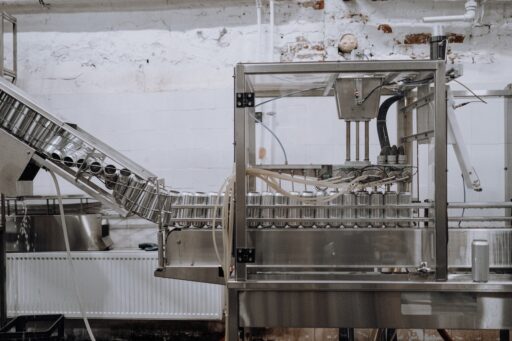Blade fatigue testing is a crucial aspect of wind turbine development and certification. It involves subjecting wind turbine blades to repeated loading cycles to assess their durability, fatigue life, and structural integrity.
The purpose of blade fatigue testing is to ensure that the blades can withstand the long-term stresses and strains experienced during normal operation in varying wind conditions.
4 aspects of blade fatigue testing
Here are some key aspects of blade fatigue testing:
-
Test Setup: A blade fatigue test typically involves using a specialized test rig or apparatus that simulates the loads experienced by the blade in real-world conditions. The blade is mounted on the test rig, which applies cyclic loading to the blade to simulate wind-induced forces, including bending, twisting, and flapwise and edgewise vibrations.
-
Load Spectrum: The test rig applies a load spectrum that represents the varying wind conditions experienced by the blade. The load spectrum is based on real wind data or predefined standard spectra that cover a range of wind speeds and turbulence intensities. It is designed to replicate the loading patterns and stress cycles that the blade will encounter during its operational life.
-
Test Parameters: Blade fatigue testing considers various parameters, including the number of loading cycles, loading amplitudes, frequency range, and loading profiles. These parameters are determined based on the specific blade design, intended operating conditions, and certification requirements.
-
Test Duration: Blade fatigue testing typically involves subjecting the blade to a large number of loading cycles, often ranging from millions to billions of cycles. The test duration depends on the desired fatigue life assessment and certification requirements. Accelerated testing techniques may be employed to reduce the overall test duration while maintaining representativeness.
Conclusion
Blade fatigue testing plays a crucial role in ensuring the long-term reliability and safety of wind turbine blades. It helps manufacturers optimize blade design, validate their performance, and demonstrate compliance with industry standards and regulations.




